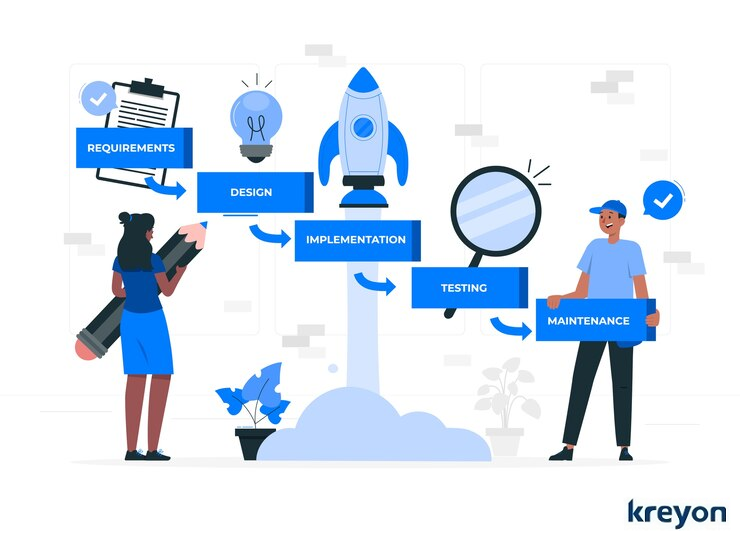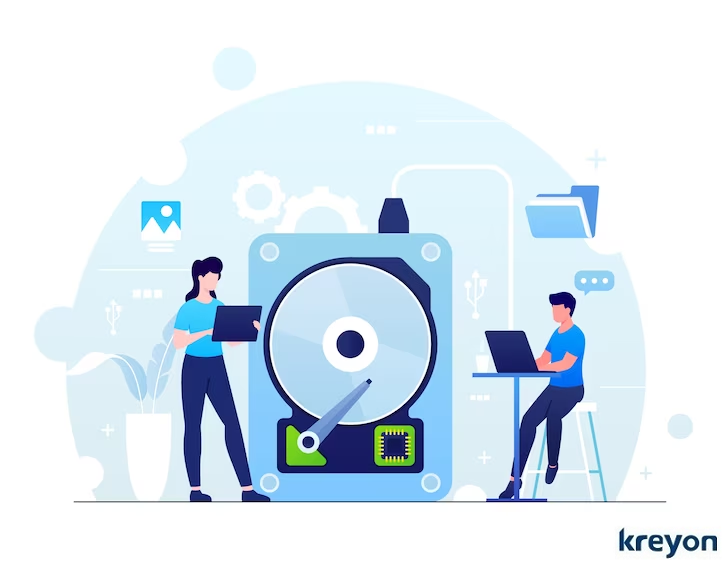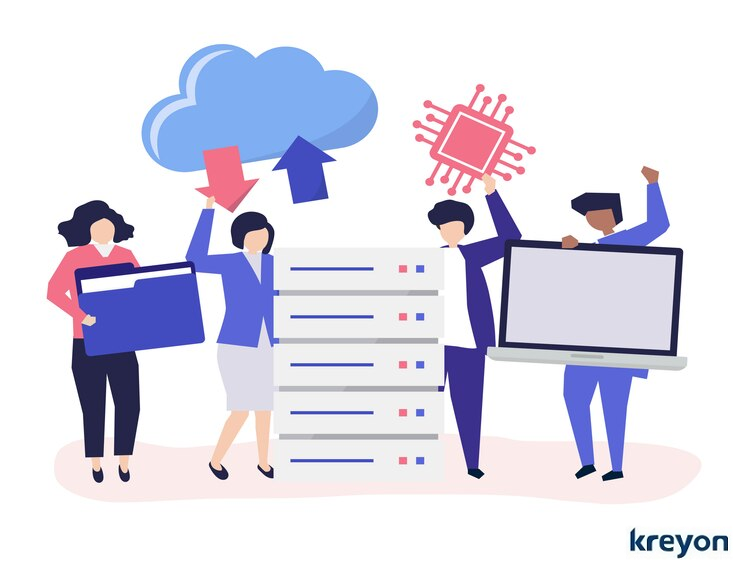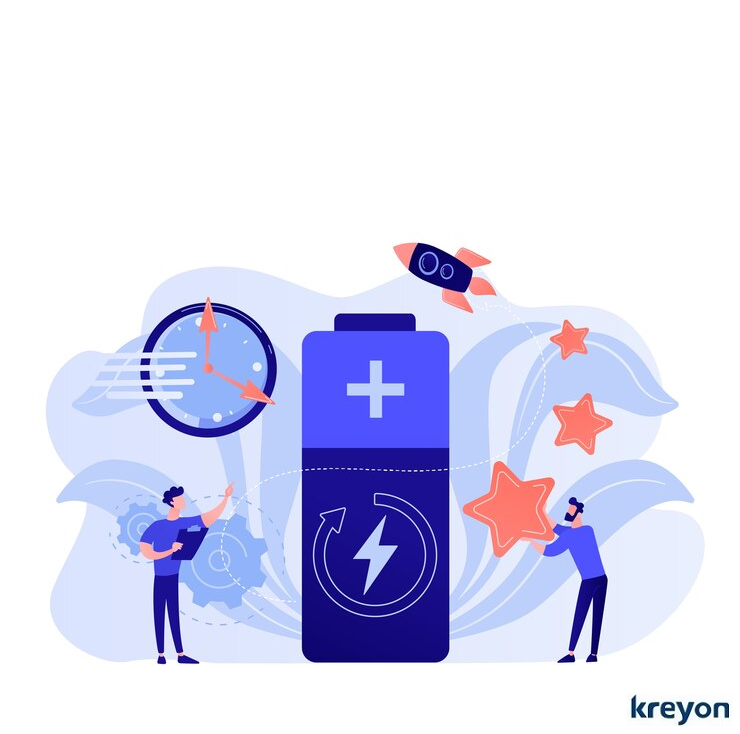The Ultimate SaaS Development Checklist: From Concept to Launch

SaaS development checklist is a panacea for executing your projects. In the ever-evolving landscape of software development, the advent of Software as a Service (SaaS) has brought about a revolution in how applications are conceived, built, and deployed.
Whether you’re a seasoned developer or a budding entrepreneur with a brilliant idea, the journey from SaaS concept to a successful launch can be a labyrinthine process.
In this article, we’ll delve into the comprehensive SaaS development checklist, covering every crucial step from concept to launch.
1. Define Your SaaS Concept
Every journey begins with an idea. Your SaaS concept is the cornerstone of your project, so it’s vital to get this right from the outset:
What problem does your SaaS solve?
Who is your target audience?
What are the key features and benefits of your application?
Understanding your concept is the foundational step in building a successful SaaS product.
Once you have a clear understanding of your concept, you can start to develop a business plan and roadmap.
2. Market Validation
A brilliant concept isn’t enough; it must resonate with the market. Market research and validation are paramount:
Is there a demand for your SaaS application?
Who are your competitors?
What are their strengths and weaknesses?
What are the market trends and gaps?
How do you intend to beat your competition?
Conduct thorough market research to validate your concept and identify opportunities for differentiation.
3. Build Your SaaS Product
With a validated concept, it’s time to create a detailed project plan. Once you have a good understanding of the market and your target audience, you can start to design your SaaS application.
This includes developing the user interface and user experience, as well as the underlying architecture and features.
You can build a Minimum Viable Product (MVP) to get to the market quickly. A well-structured plan ensures that your SaaS development stays on track:
Define project scope and milestones. Focus on core features for the initial version.
Allocate resources (developers, designers, etc.).
Design an intuitive and user-friendly interface. Test and gather user feedback before development.
Develop a functional prototype that works for the users.
Set a timeline and budget.
Selecting the right technology stack is crucial for SaaS development. Decide on the programming language and framework that you need to build your application. Be sure to use high-quality code and development practices to ensure that your application is reliable, scalable & delivers what users expect.
4. Deploy & Test Your SaaS Application
Once your SaaS application is developed, and ready to go, you need to deploy it to a production environment. This includes choosing a hosting provider and configuring your application.
It’s important to test it thoroughly to identify and fix any bugs. Test your application with a variety of users and devices to ensure that it works as expected.
Run through the test cases to cover functional use cases for the application.
Automate testing processes for efficiency.
Conduct unit testing, integration testing, and user acceptance testing.
Implement a bug tracking system for issue resolution.
Ensure responsiveness for various devices.
Test scalability to accommodate user growth.
Conduct performance testing to optimize speed.
Identify and resolve bottlenecks as per needs.
Thorough testing is critical to ensure your SaaS product delivers what it promises. A well-tested product reduces post-launch issues and improves user satisfaction.
5. Wow Users
A successful SaaS product requires effective onboarding of new users. Creating a user onboarding plan outlines the goals of your onboarding program, the target audience, and the key steps that users need to take to get started with your product.
What metrics will you use to measure the success of your onboarding program? Common metrics include time to first value, user engagement, and product adoption:
Helping users get started with your SaaS product is essential for user retention and positive word-of-mouth.
Create onboarding material for users, which includes welcome emails, in-app tutorials, and knowledge base articles.
Create interactive and intuitive tutorials for users to accomplish their tasks and solve their problems.
Offer customer support channels. This can be done through live chat, email support, or a knowledge base.
Personalise the product for your users, tailor your onboarding process to the individual needs of users.
Visuals, such as screenshots and videos, can be a great way to explain complex concepts and make your onboarding process more engaging.
Show users how your product can help them solve their problems and achieve their goals. Help them by creating personalized, thoughtful and data driven engagement strategy.
6. Data & Security
SaaS applications often deal with sensitive data. Ensure data security and regulatory compliance are met inline with regulatory guidelines. Security of your application needs to keep up with the cyber threats posed everyday.
Proactive planning and mitigation of risks is an integral part in developing a secured SaaS application. Consider the following:
Implement encryption for data in transit over the network and at rest on the servers.
Define access controls and user permissions for the application.
Comply with industry-specific regulations & data laws for the region you’re operating in(e.g., GDPR, HIPAA).
Data security and compliance are non-negotiable in the SaaS industry.
Ensure that your application is upto date with the latest amendments in data protection directives.
Your SaaS application needs to ensure that all care is taken as per the standards for the right to access, rectify, erase, and restrict processing of their personal data.
7. Marketing & Sales
Once your SaaS application is deployed, you need to market and sell it to potential customers. This includes developing a marketing strategy, creating sales materials, and building a sales team.
Determine how to monetize your SaaS product:
Choose a pricing model (e.g., subscription, freemium, pay-as-you-go, annual licensing etc).
Define pricing tiers & features, keep it simple.
A well-planned pricing strategy can lead to sustainable revenue and long-term business viability.
Offer free trials for 2 weeks, this is a great way to let potential customers try your SaaS application before they buy it.
Plan a content strategy for your customers, write quality articles, create engaging videos and informative content for your leads.
Track product signups, Leads generated,
Focus on a specific niche, location or industry. Specialisation breeds success.
Your marketing strategy should outline your goals, target audience, and key messaging. It should also include a plan for how you will reach your target audience and generate leads, for e.g. college going youngsters in Boston.
Not all leads are created equal. You need to qualify your leads to determine which ones are most likely to convert into customers. You can qualify your leads by asking them questions about their needs, budget, and timeline. Offer educational content, demos, and answer questions for your qualified leads to convert them into customers.
It’s important to track your marketing and sales results so that you can see what’s working and what’s not. This will help you to optimize your marketing and sales efforts over time.
8. Customer Success is Product Success
Winning customers is not the goal, making your customers win is. Maintain strong customer support, feedback mechanisms & help your customers achieve the outcomes they want:
Offer various support channels (email, chat, phone) to help users accomplish more from your product.
Collect user feedback for continuous improvement, help your users do more with less.
Act on direct & implicit feedback obtained from product data to enhance the user experience.
A responsive support system fosters user loyalty, trust in your product & creates a win win ecosystem for everyone.
Assess user acquisition, retention, revenue growth and churn rates for your product.
SaaS development is an ongoing process, technology improves every day if not every hour. A commitment to improvement keeps your SaaS product competitive and future-proof.
Building and launching a successful SaaS product is not easy, but with a SaaS development checklist, you can confidently navigate the intricate path from concept to launch.
Keep in mind that SaaS development is an iterative process, and a dedication to quality, security, and user satisfaction will pave the way for long-term success in this dynamic industry.
From the initial concept to ongoing improvements, the journey is a thrilling adventure with the potential for significant rewards. Embrace it, and watch your SaaS product soar in the competitive digital landscape.
Kreyon Systems is a SaaS Development Company helping clients develop innovative SaaS products to delight users, validate product market fit and make customers successful. If you have queries, please contact us.
